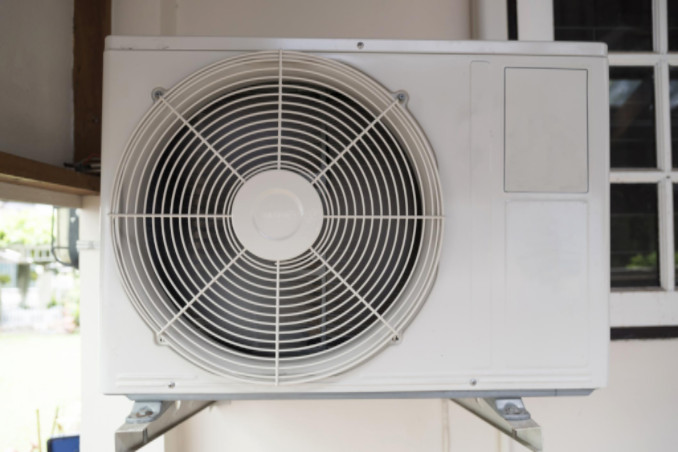Isn’t it astonishing to think about all the things humans have accomplished throughout history under scorching temperatures – from the Great Pyramids to the Panama Canal?
Today, we have inventor Willis Carrier to thank for modern air conditioners that allow us to come inside and cool down. While this has made our lives so much better, there have also been some obstacles to overcome in the technology.
Here are some of the improvements you can expect in the residential and commercial AC systems of the future:
Lower Energy Consumption
Central air conditioning systems have always been big electricity consumers, so many people keep them at a minimal level to conserve on utility bills. But technology and materials have improved so much in recent years that today’s air conditioners use less than a third of the energy they did only twenty years ago – a substantial savings over the course of a hot summer.
AC efficiency today is measured in terms of a SEER rating. Purchasers of new AC units can typically expect a rating of 13 or better. Anything less probably means you need a new unit to keep costs down.
Less Noise
A common complaint about running AC systems has always been the noise. Fans, panels, ductwork, and internal components tended to vibrate loudly as the system labored to maintain the airflow demands. Today, improved fan designs, more stable space-age materials, and responsive computer electronics have replaced the old engineering methods to provide customers with AC units that run far more quietly and more smoothly than older units.
Air Quality
Another complaint has been the exchange between internal and external air did nothing to improve air quality, and often made it worse. AC units could pull in outside odors or keep recirculating stale, dusty air. Many of today’s AC designs include air filtration systems that remove particles like pet dander, dust, and allergens like pollen. Some modern filters can even remove microscopic contaminants like germs, chemical fumes, and bacteria. This ensures that your family’s household air is not only cooler, but cleaner.
Flexible Solutions
Traditional heat pumps and AC designs forced air through large sheet metal ducts from a central unit. But today’s more compact and efficient components allow for more flexibility in design. Many larger structures are zoned into separate AC units and less obtrusive ductwork – or completely ductless cooling – that can be turned on or off as needed to provide lower costs and more efficient cooling to crucial areas.
New technologies like “smart” homes and thermostats even allow you to set how these various AC zones perform without adjusting the thermostats constantly.
Easy to Install
Traditional installations of bulky central units and whole-house ductwork through the attic or crawlspace could take days or weeks to install, and disrupt home life. Many of today’s systems don’t rely on extensive ductwork and are zoned into several smaller units, making installation much faster and easier. Multi-split systems can function efficiently through small pipes that are far cheaper and less intrusive than older installation ideas.
Eco-Friendly
Many people today are concerned about the negative impacts our lifestyles have on the natural environment and the planet we leave to our children. Ozone-damaging chemicals like Freon, that were once common in refrigeration systems, have been replaced with safer materials like R410. This is free of the usual contaminants such as chlorine and hydrocarbons, and that relates to far less pollutants being released into the ground or the atmosphere.
Air quality standards created by the EPA and enforced by the federal government are observed in all newer AC units. Manufacturers must keep up with these regulations, so that as standards tighten you can be sure your modern AC system is safe and helps to reduce our overall carbon footprint.
Embrace Modern AC Technology
Today, even older homes and businesses can be improved with safer and more cost-effective AC upgrades. Newer homes with more modern AC systems can benefit from the occasional inspection and maintenance routines. This helps to keep them functioning optimally for greater comfort, air quality, and energy savings. For every property owner, there are flexible solutions today that are a considerable improvement over the AC solutions that our parents grew up with.

